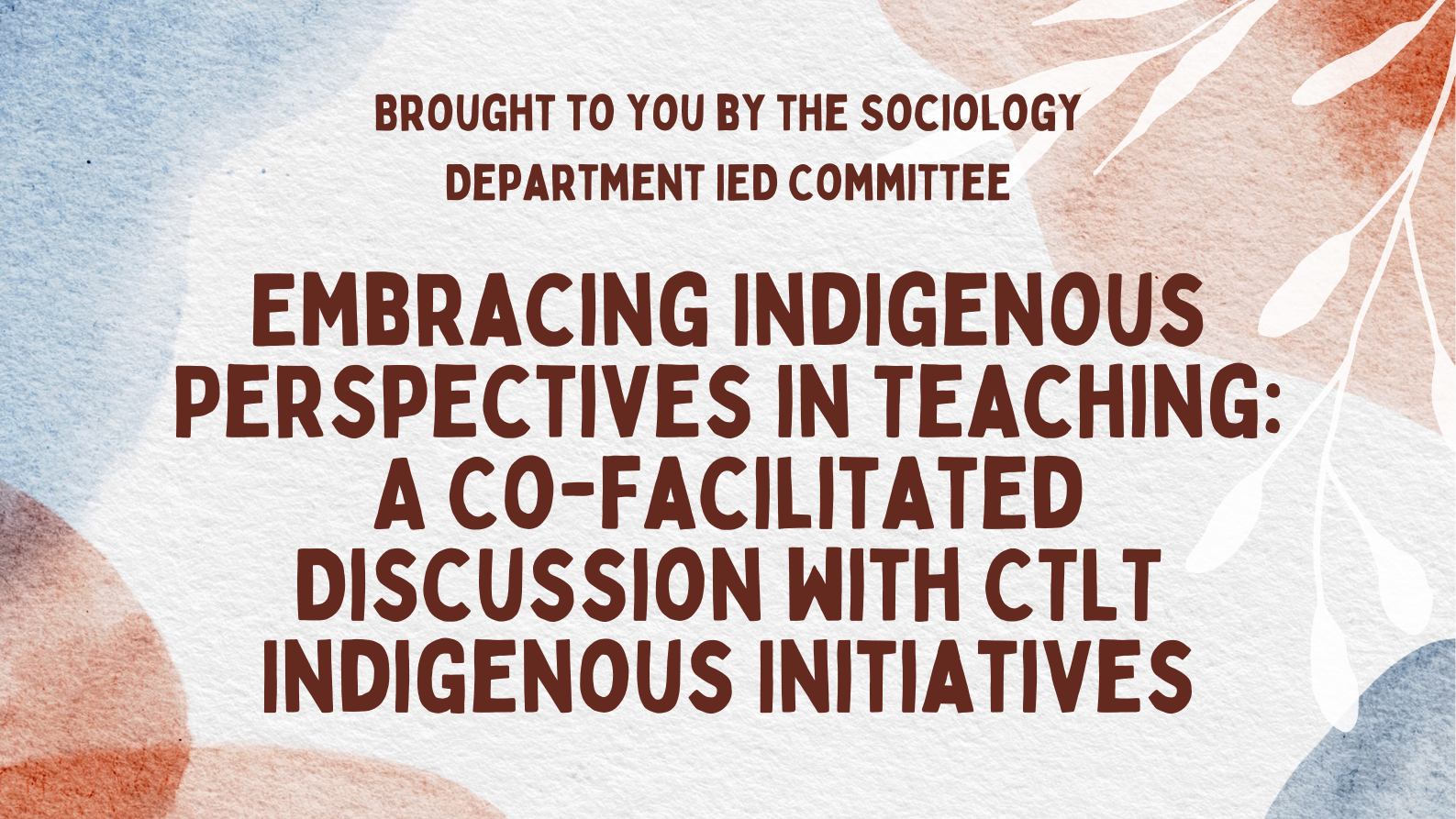By: Hamid Abdollahyan, Visiting Scholar from the University of Tehran
Due to the spread of COVID-19, Hamid’s talk will be postponed to a later date, the new date is still TBA.
The Department of Sociology is proud to serve as a medium for ongoing discussion and lecture in various areas of study, as such we host the Sociology Research Forum as a platform for well-respected experts in the world of Sociology to present their research. The seminars take place at UBC and can be attended by those interested, and some are available online afterwords for all those interested.
Abstract: Hablehroud, or the Hableh River, is located 130 kilometers to the far northeast of Tehran, Iran, and is the source of life for two cities: Firouzkooh, on the mountainous slope of Alborz; and Garmsar, located on a desert-like valley in the south of Alborz. The river connects two areas, originating in the northern Alborz Mountains and reaching its lowest plain in Garmsar City. The Watershed is also representative of how social conditions in 48 villages in Firouzkooh depend on the river’s well management. Due to shortages in rainfall during the last 25 years, it has also become a potential source of future conflicts between the Firouzkooh and Garmsar areas. All of the villages have social councils supervised by the Ministry of Interior. The problem of dissatisfaction with the distribution of Hablehroud’s water and pastures maintenance, however, has remained unsolved. While efforts were made to solve the issue with the help of UN representatives in 1997, they left the country in 2005 and the program of maintaining natural resources began to fade away. With the help of the University of Natural Resouces in northern city of Gorgan (located in the Green area of the North) in 1995, our team from the University of Tehran attempted to offer a different model for the sustainable social participation of all rural residents and provide a model for managing the issues. This model had to be a general model rather than local, as seen in the social councils. The team assumed that the classic model for solving such issues was based on small-scale social networking and the social councils had gradually undermined parts of these networks, making social participation part of formal institutions, as opposed to being spontaneous. We collected the necessary data in order to analyze what grounds still existed in all 48 villages that might help to encourage the social networking model. With the help of network analysis, the results show that there are already some connections between rural residents in most of 48 villages. In my presentation, I will discuss the dynamic graph of modules that can be integrated and form a social network that will promote participation and cooperation among rural residents.
